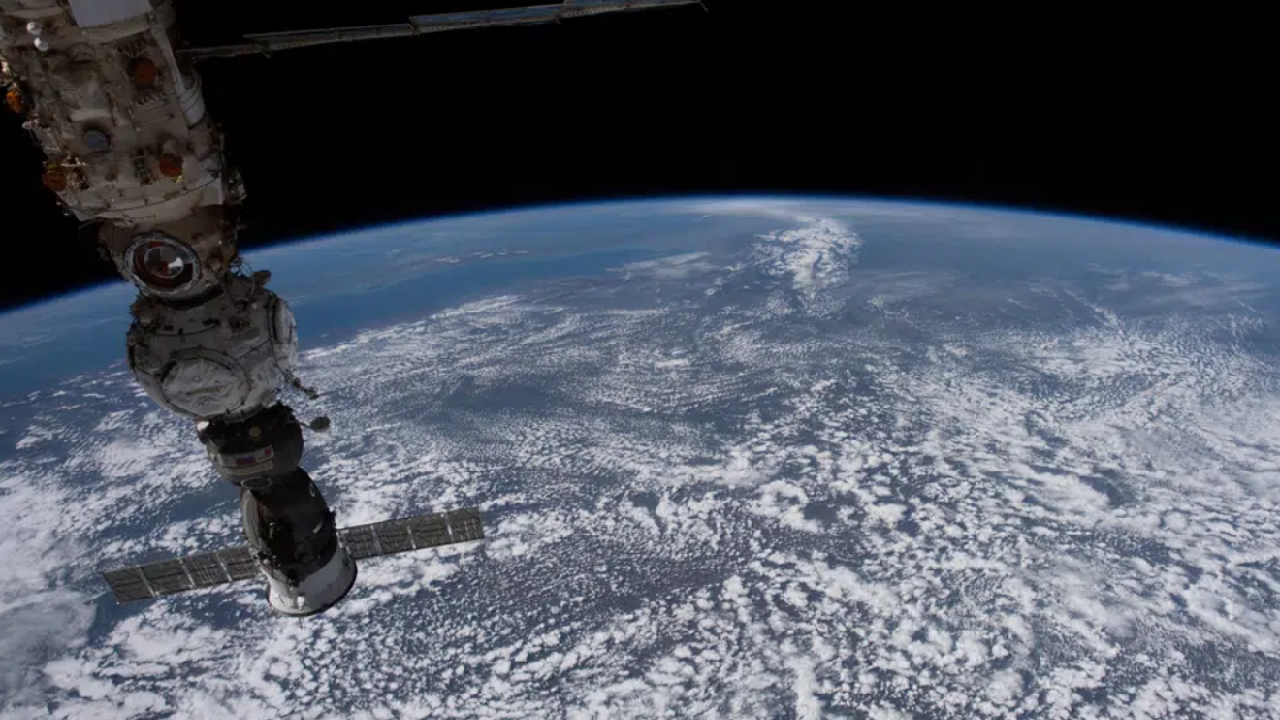Russia launches Soyuz spacecraft into space to rescue
Russia launches Soyuz spacecraft to rescue two cosmonauts and an astronaut from the International Space Station. It is thought that cosmonauts and astronaut will not be able to return home until the end of the year.

Russia's original spacecraft was damaged by a mini asteroid while parked on the International Space Station (ISS). An uncrewed Soyuz spacecraft was launched by Russia to rescue two cosmonauts and a NASA astronaut whose return journey to Earth was blocked after the incident.
According to live video released by NASA, the Soyuz MS-23 spacecraft successfully launched on Friday from the Rsuya-operated Baikonur Cosmodrome in Kazakhstan.
THEY WILL NOT BE BACK TO HOME UNTIL THE END OF THIS YEAR
Though the MS-23 is scheduled to dock with the ISS early on Sunday morning Moscow time, it is not expected to bring home Russian cosmonauts Dmitry Petelin and Sergei Prokopyev, and US astronaut Frank Rubio until later this year.
The three arrived at the ISS in September 2022 onboard the MS-22 spacecraft and were originally to stay about six months until the end of March. But the MS-22 began to leak coolant in December after an apparent micro-meteorite punctured an external radiator.
The same thing appeared to happen again earlier this month, this time on a docked Russian cargo ship. Camera views showed a small hole in each spacecraft.
IT IS VERY RISKY FOR THE DAMAGED SHIP TO BRING
Officials had determined that it was too risky to bring the three back in their damaged Soyuz MS-22 next month as originally planned. With no coolant, the cabin temperature would spike during the trip back to Earth, potentially damaging computers and other equipment, and exposing the suited-up crew to excessive heat.
NASA said in a statement that the damaged Soyuz MS-22 is scheduled to undock from the ISS in late March and return to Earth “for an uncrewed parachute-assisted landing in Kazakhstan, and post-flight analysis by Roscosmos” – Russia’s space agency.
After delivering people to the space station, capsules stay attached to the orbiting research lab throughout the duration of missions, in case of any emergencies and to eventually ferry their crews home to Earth.
(ALJAZEERA)







